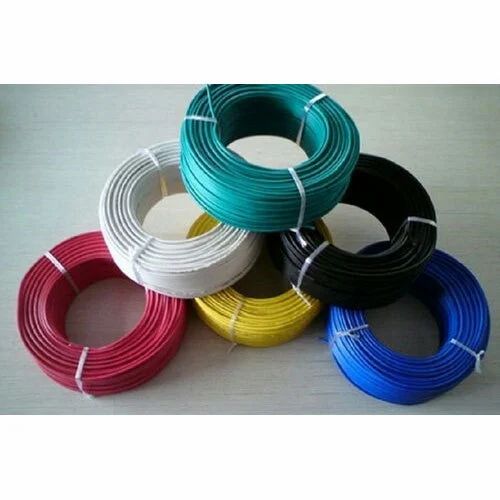Deciphering the Positive Wire: A Comprehensive Guide on How to Identify the Positive Wire in Electrical Circuits
2 min read
In the realm of electrical circuits, distinguishing between the positive and negative wires is crucial for ensuring the proper functioning and safety of devices. Whether you are working on a DIY project or troubleshooting an electrical issue, knowing how to identify the positive wire is essential. In this detailed guide, we will explore various methods and techniques to help you determine which wire is positive.
- Color Coding: One of the most common ways to identify the positive wire is through color coding. In many electrical systems, the positive wire is typically red, while the negative wire is black. However, it is important to note that color coding can vary depending on the specific application or region. Always refer to the manufacturer's guidelines or industry standards for accurate information.
- Markings and Labels: Manufacturers often label wires with symbols or markings to indicate their polarity. Look for “+” or “POS” markings on the wire insulation to identify the positive wire. Additionally, some wires may have color bands or stripes to differentiate between positive and negative.
- Multimeter Testing: Using a multimeter is a reliable method to determine the polarity of wires. Set the multimeter to the DC voltage setting and touch the probes to the wires. The wire that shows a positive voltage reading is the positive wire. Exercise caution and follow proper safety procedures when using a multimeter.
- Direction of Current Flow: In direct current (DC) circuits, current flows from the positive terminal to the negative terminal. By tracing the direction of current flow in the circuit, you can identify the positive wire. Keep in mind that alternating current (AC) circuits do not have a fixed positive or negative wire due to the changing direction of current.
- Consulting Wiring Diagrams: When working with complex electrical systems, refer to wiring diagrams or schematics provided by the manufacturer. These diagrams illustrate the connections and polarity of wires, helping you identify the positive wire accurately.
- Physical Characteristics: In some cases, the positive wire may have distinguishing physical characteristics such as a thicker gauge or different insulation material. Inspect the wires closely to look for any visual cues that can indicate the positive wire.
By utilizing a combination of these methods and techniques, you can confidently identify the positive wire in electrical circuits. Remember to prioritize safety precautions and double-check your findings before making any connections. Understanding how to determine which wire is positive will empower you to work effectively with electrical systems and troubleshoot issues with confidence.
